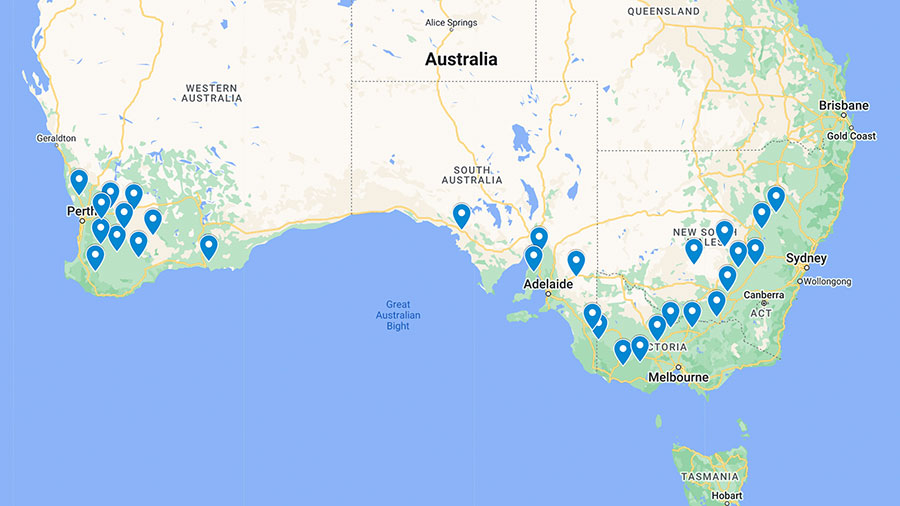To help growers select new superior grain varieties for their environment, GRDC established the National Variety Trials (NVT) in 2005 – providing a one-stop shop for accurate, consistent, independent and timely information on variety performance.
NVT manager (west) Isabelle Rogers has the largest area to manage – in Western Australia – which includes a number of oat trial sites.
“GRDC’s NVT program is the largest independent, coordinated trial program in the world, with a primary purpose to provide growers with independent performance rankings on varieties suitable for their region. It also benefits breeders by providing detailed comparative data on commercial and advance breeder cultivars from breeding programs operating in Australia,” Mrs Rogers says.
The NVT covers 10 grain species and each year we manage more than 650 trial sites over 300 locations across Australia. In 2022 this included 30 oat trials. Commercially relevant milling and dual-purpose varieties are included, as well as the most-advanced lines from plant breeding programs and seed companies.
All sites are overseen by GRDC NVT staff and managed by regional service providers according to established protocols, which ensure consistency across sowing, harvest and trial management. Data collected from trials undergoes rigorous statistical analysis and quality assurance tests before publication.
Figure 1 shows the 30 NVT trial locations for oats in 2022, spread over a range of soil types and rainfall zones. These locations are regularly reviewed in a process that involves extensive consultation with stakeholder groups including NVT advisory committees (NACs), GRDC regional grower panellists, NVT participating breeders, NVT trial service providers, statisticians, industry experts and market production intelligence. A similar process is followed for most facets of NVT, including deciding on sowing windows for the trials.
Figure 1: NVT oat trial sites in 2022.

Source: NVT
Sowing windows are set to represent standard local practice and trial managers generally aim to sow at the same time as the grower for the paddock used or within days to avoid complications of emerging crops and subsequent chemical drift issues.
“Grower practice is always evolving, so we aim to reflect that in our NVT trials and are constantly reviewing decisions like sowing times,” Mrs Rogers says.
We look for changes to growers’ practice that occur consistently and that will be present long term. As a result, our main season trials are now sown considerably earlier than they would have been 15 years ago.
For oats, NVT worked closely with the oat breeder InterGrain to understand agronomic preferences, especially around germination windows, which were subsequently adjusted forward by another one to two weeks (region specific) for 2022 following ratification by the NACs and other industry participants.
InterGrain oat breeder Dr Allan Rattey says the germination windows are the agreed time period that NVTs should be sown within, and act as the guide in determining which germplasm is suitable in which trials. This means that sowing dates for NVT have adjusted to better reflect grower practice across the country.
To inform milling and dual-purpose oat variety selection, the following resources are available from the NVT website:
- harvest reports;
- trial results;
- long-term yield reporter;
- sowing guides; and
- disease ratings.
Information on hay and forage oat varieties can be obtained from the relevant state Sowing Guides on the GRDC website.
More information: Isabelle Rogers, 0427 419 509, isabelle.rogers@grdc.com.au

























































